How NASA inspired Paul George's new Nikes
Since 1958, NASA has been responsible for some of the greatest scientific feats in modern history — the 1969 Apollo 11 mission that landed the first people on the moon in and the STS-95 mission that sent 77-year-old John Glenn back into space come to mind. NASA’s major contributions to humankind are without question, but it’s also important to remember the little things.
NASA recently teamed up with Nike to create the PG 3 X NASA. The shoe was inspired by NBA All-Star Paul George’s love for NASA. The material and colors on the shoe are some of the very same featured on space suits. The kicks retailed for $120 before selling out almost instantly.
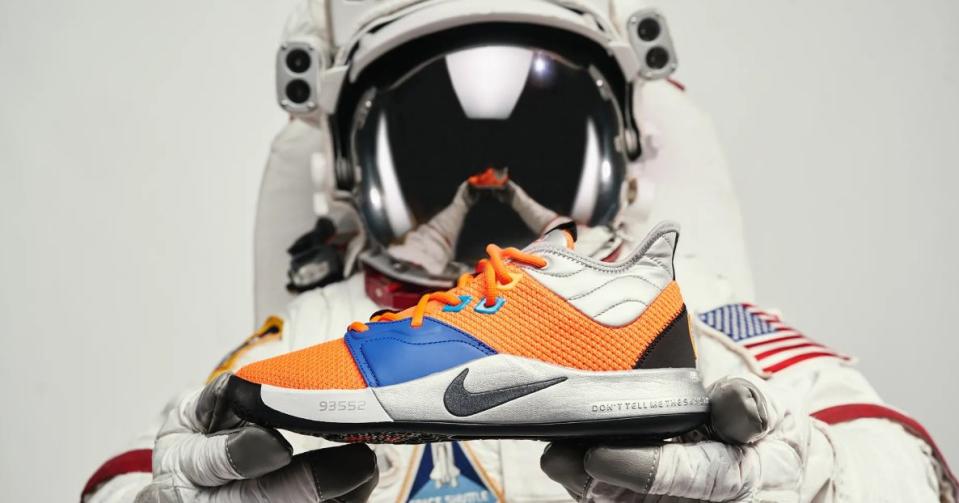
The PG 3 isn’t NASA’s first foray into footwear. While the famed 1969 Apollo 11 mission served as an inspiration for an entire generation to dream of reaching the stars, one person had dreams of filling sneakers with air. That man was former NASA engineer Frank Rudy. After Apollo 11, the agency used a process called “blow rubber molding” to create hollow shoe soles that could be filled with shock absorbing material. This technology was originally used to produce safer flight helmets, but Rudy knew it could be used to help runners. In 1971 Rudy contacted Nike and pitched them the idea of putting shock absorbing air cells in the soles of its running shoes — and the Nike Air was born.
Here’s a look at other ways NASA tech and engineers have helped humankind take some giant everyday steps. And no, despite popular opinion NASA had no hand in creating Tang or Teflon.
Memory foam
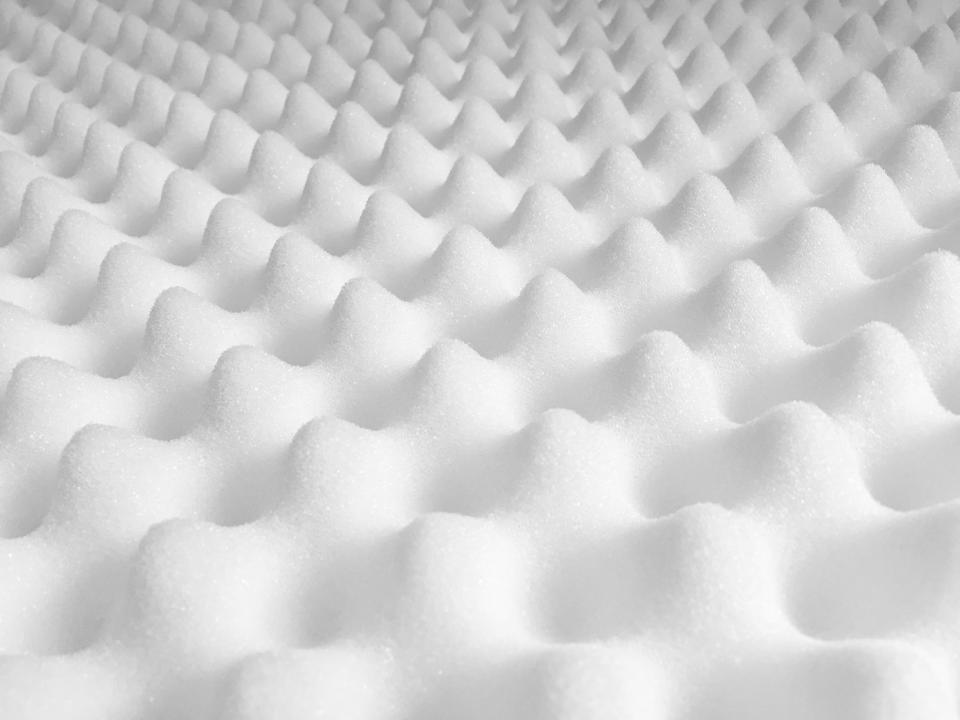
If you enter the sandman’s sweet nightly embrace on a memory foam mattress, you have NASA to thank. That’s right, the same folks that put the first human on the moon also puts millions to sleep every night. The material was first created to help keep test pilots well cushioned during flights, but soon went on to cushion everything from theater seats, football helmets and of course beds.
Precision GPS navigation
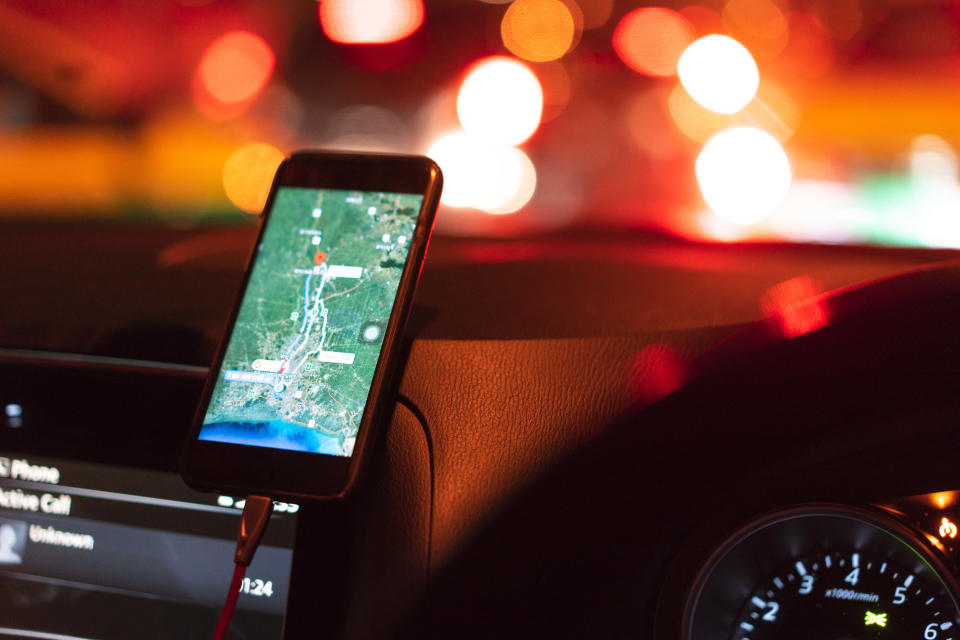
Global positioning system was implemented in the late 1970s after decades of work by scientists such as Roger L. Easton and Dr. Gladys West. The technology that was initially designed for military pursuits would later be used by motorists across the world. Uncorrected GPS can be off by as much as 15 meters. During the 1990s NASA, introduced Precision GPS, which is accurate within 5 centimeters.
LASIK
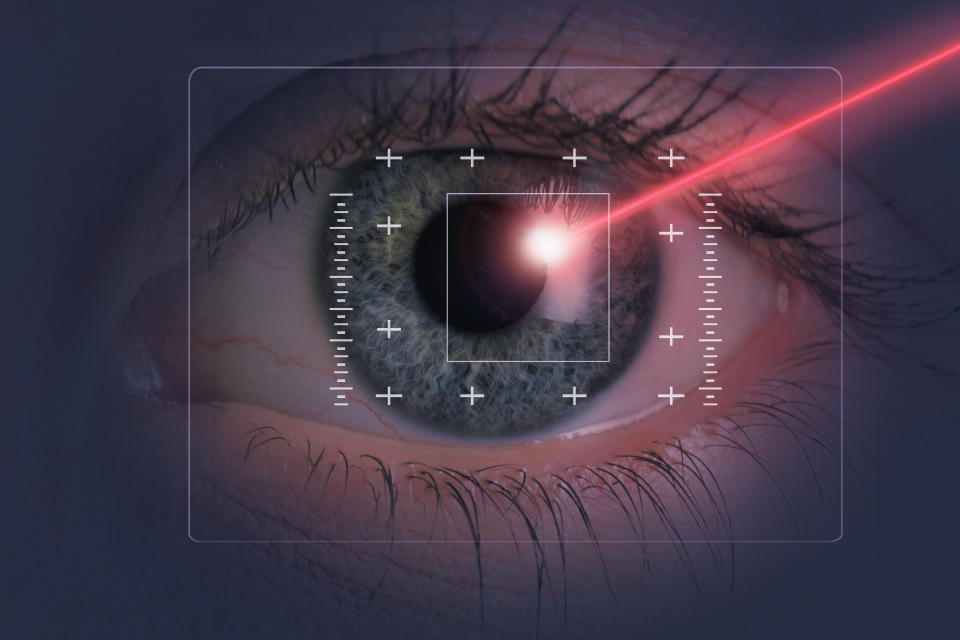
Years ago, wearing glasses seemed to be the resigned fate of everyone of a certain age. Now LASIK surgery uses laser pulses to reshape a patient's cornea. Involuntary eye movements are known as saccadic movements. For a LASIK procedure to be successful, those saccadic movements, which can occur over 100 times per second, must be tracked. In the 1980s, NASA helped develop a military tracking system called LADAR. Later that same technology was turned into a LADARVision which is a USDA approved system used during LASIK eye surgery to help correct nearsightedness, farsightedness, and astigmatism.
Dustbuster
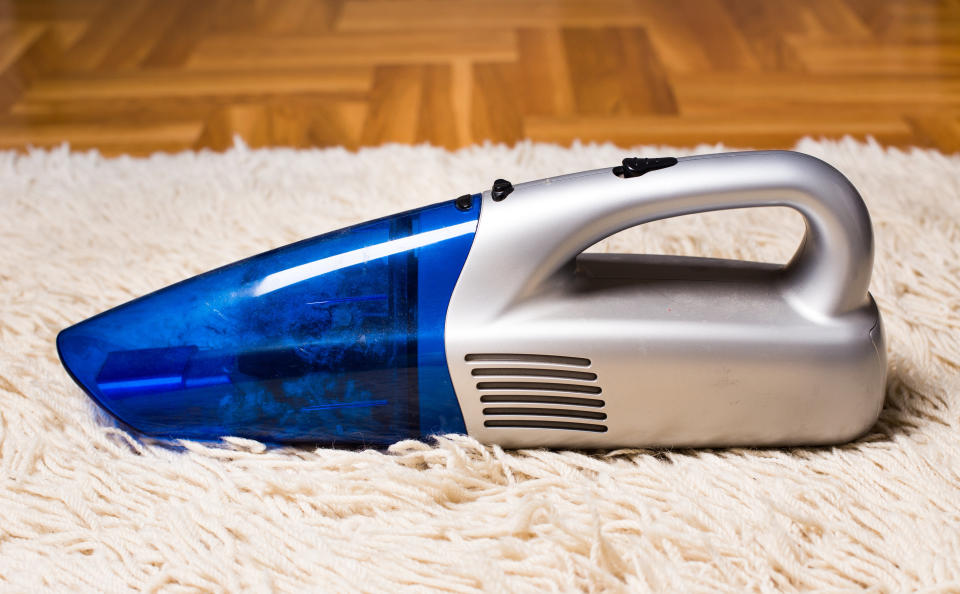
That’s right, NASA had a hand creating dust’s mortal enemy — the Dustbuster. Black & Decker (SWK) refined a portable, self-contained drill developed by NASA and refined it until the cordless mini vacuum known as the Dustbuster came to be in 1979.
Invisible Braces
if you have a sharp smile because of invisible braces, you have NASA to thank. In the mid-1980s dental companies were searching for a material that was strong yet transparent material as an alternative to traditional metal braces. Years earlier NASA research led to the creation of a transparent ceramic material that was stronger than steel and smooth to the touch. This technology would later be used to create invisible braces.
Enhanced camera tech
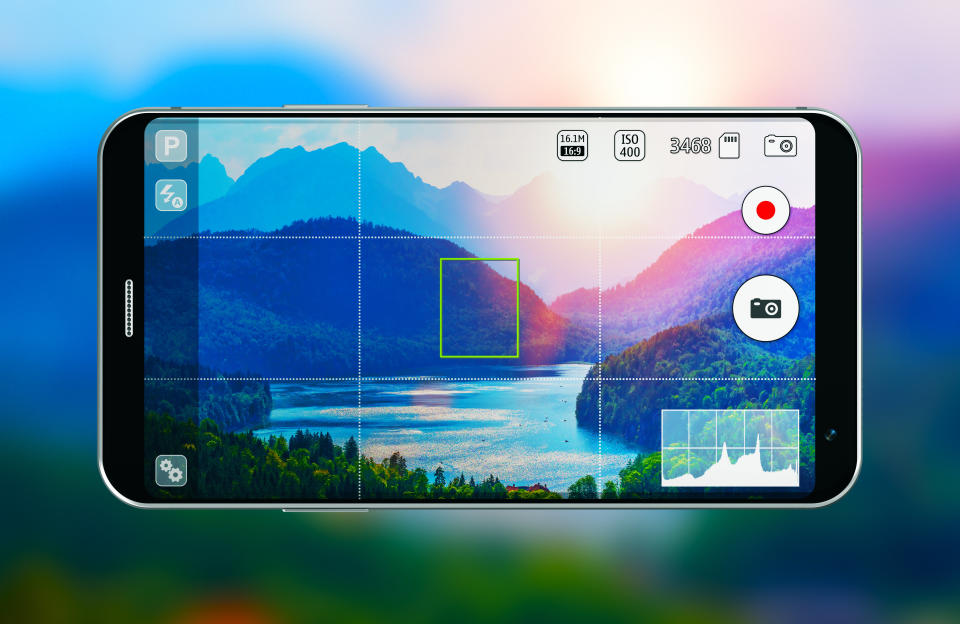
Ever taken a picture with a GoPro, DSLR or cell phone? If the answer is yes, then you have been the beneficiary of NASA technology. NASA invented the CMOS active pixel sensor which resides in most digital camera-enabled devices. The same tech is also used at your local dentist office to take X-rays of your pearly invisible-braces-straightened whites.
Reggie Wade is a writer for Yahoo Finance. Follow him on Twitter at @ReggieWade
More from Reggie:
Meet the woman who opened a bank in the Confederacy's capital during Jim Crow
Foot Locker makes $100M bet on popular online sneaker marketplace GOAT


